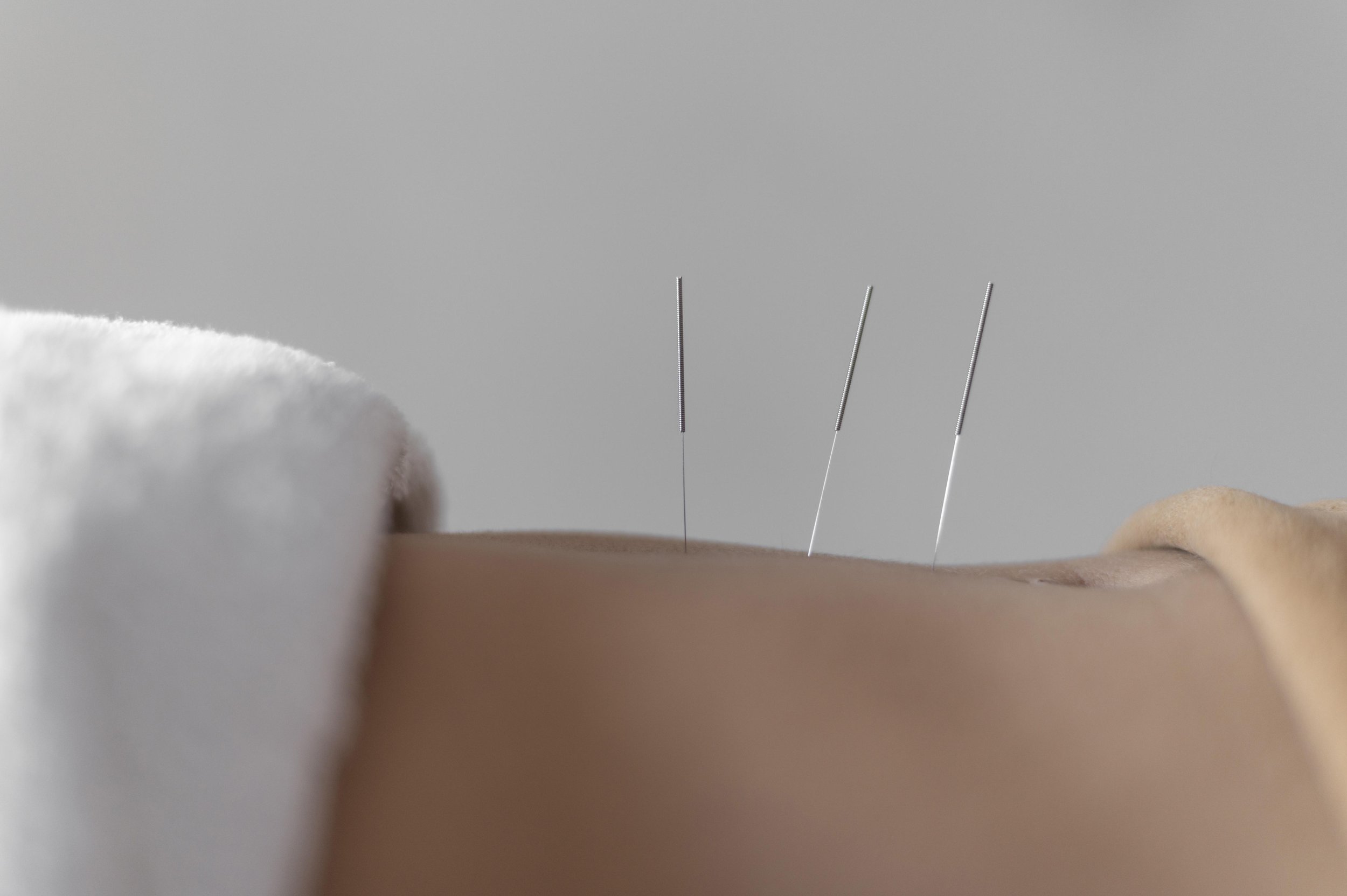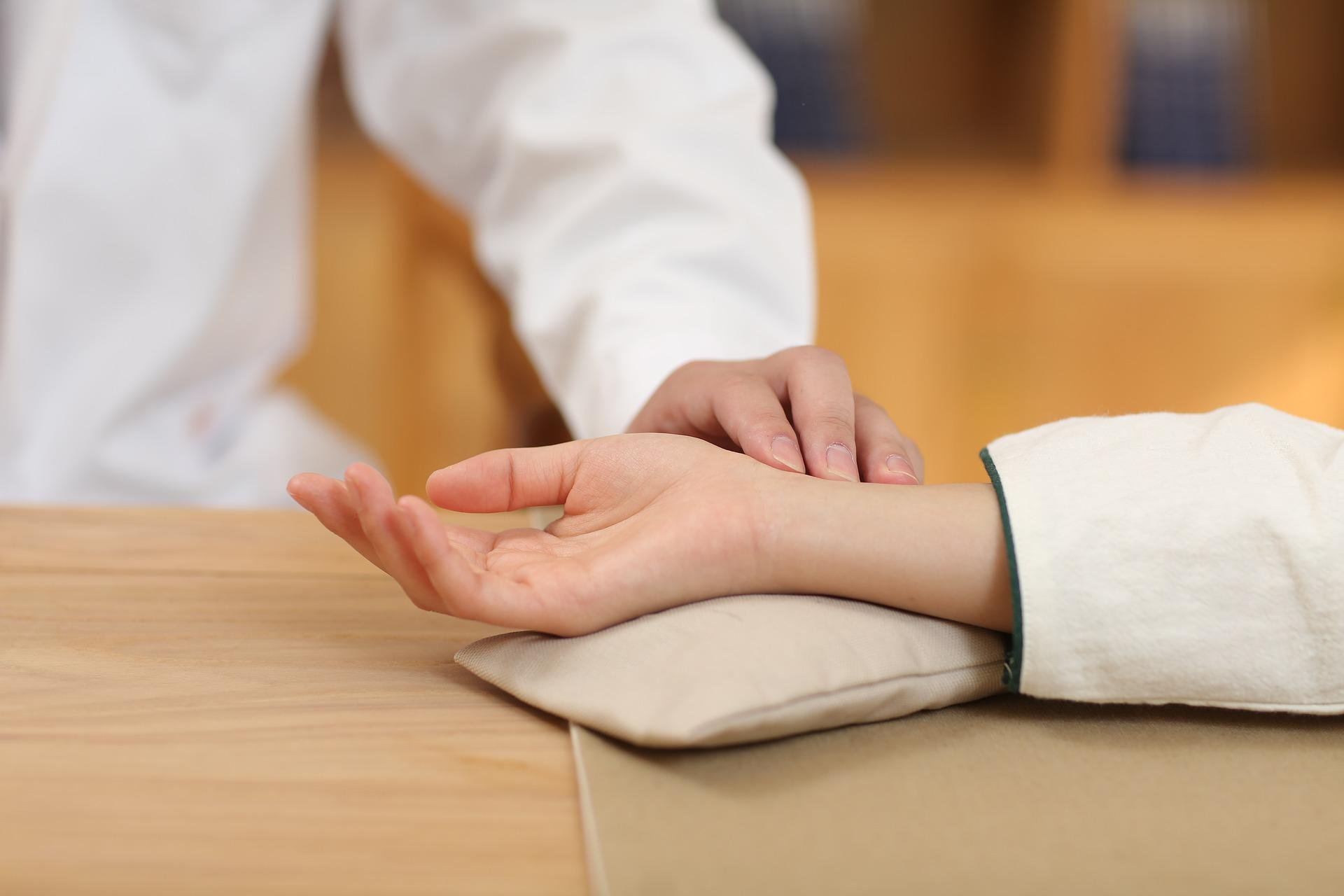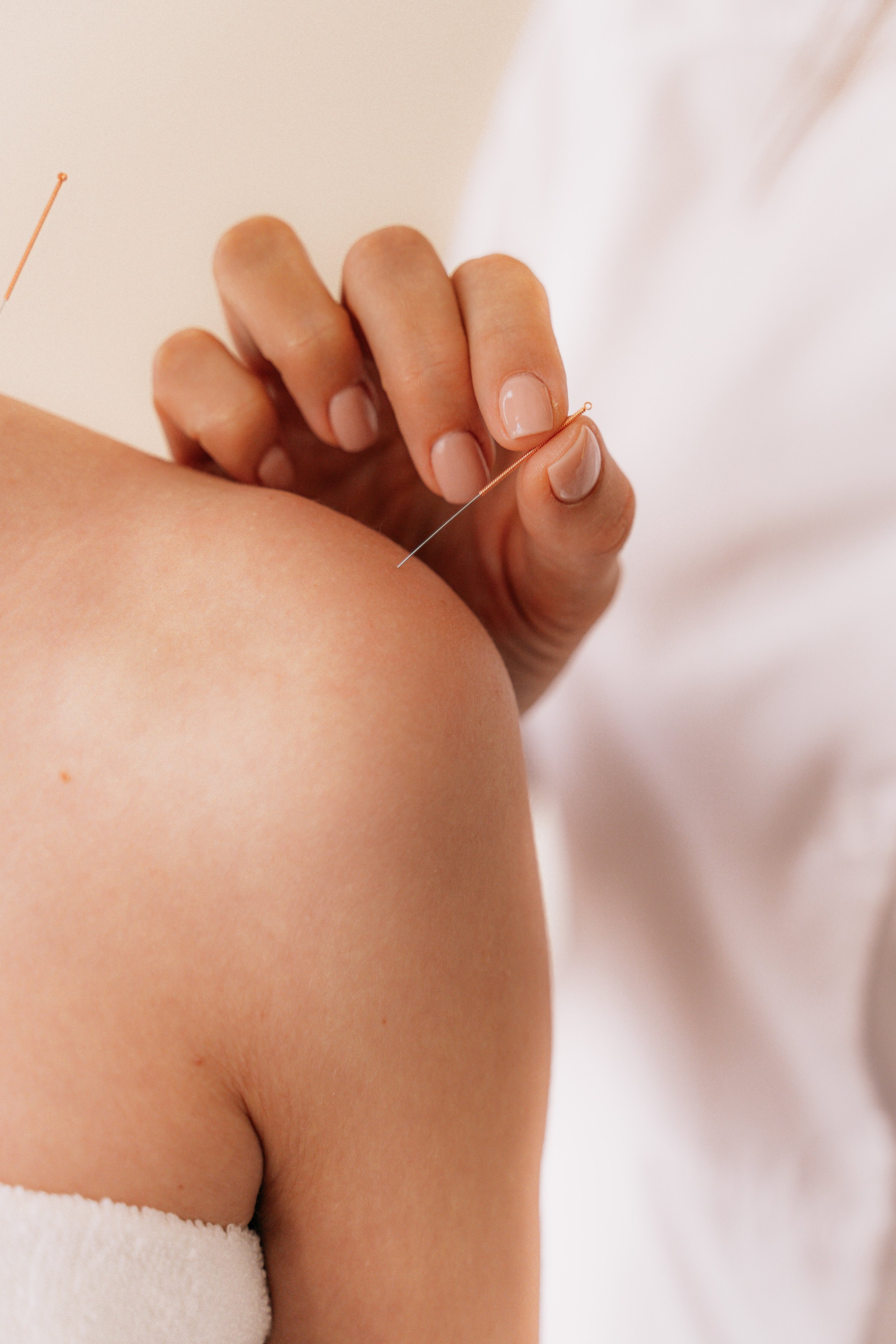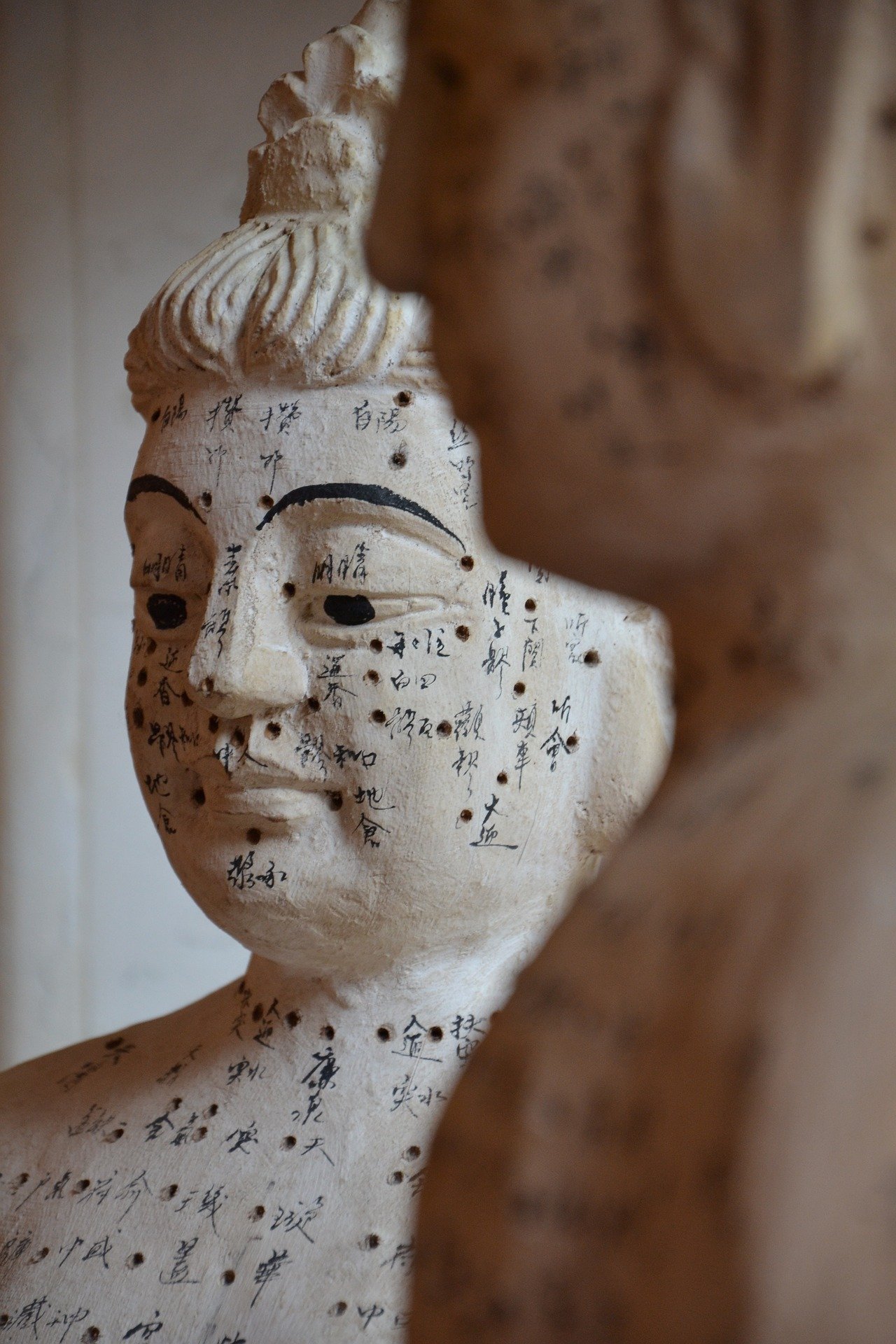
acupuncture
Acupuncture can boost the body’s healing mechanisms and provide relief. It’s not only remedial but restorative and relaxing.
Intrinsically, your body is always working towards a state of equilibrium.
But this can be disrupted by hectic or overloaded lifestyles, anxiety, stress, unhealthy dietary choices, compromised immune systems, trauma, infections and toxic substances, which can result in pain, ill health and dis-ease.

how it works
Acupuncture employs small fine needles that implement a gentle stimulus and guide to provide the body’s natural integrity an opportunity for restoration and healing.
The frequency and timing of your treatments will depend on whether your condition is acute or chronic.
the way I practice
I practice a combination of Kiiko Matsumoto Style (Japanese Acupuncture) and Traditional Chinese Medicine (TCM), accompanied by Master Tung acupuncture and YangSheng.
Acupuncture and its accompanying techniques can assist, but are not limited to, women’s health, pain and headaches, adrenal fatigue, stress, anxiety, insomnia and nausea.
Acupuncture promotes and restores energy levels, reduces inflammation and improves gut health by balancing the sympathetic systems, stimulating the immune system and relieving emotional stress.
what to expect
At your initial consultation I will take time in understanding your current symptoms, your medical history and you in your everyday life, this will take approximately 30minutes.
During this time, I will observe your pulse, view your tongue and, if required, have you perform some ROM (range of motion) movements if there are musculoskeletal issues.
Once that is accomplished, you will either lie or sit on the table and I will palpate your body and abdomen in order to direct what points will be utilised for your symptoms.
Generally, sterile, very thin needles are inserted into the skin with no body response, however, occasionally you can feel a brief tingling or dull/thick sensation which will subside quickly. You will be positioned comfortably, where you can relax while the needles are retained for 20 - 30 minutes. I will check on the needles and your comfort intermittently, depending on the treatment provided.
The number of treatments will depend on the individual and their symptoms. Someone who has experienced a chronic condition may required treatments over several months and acute health issues typically improve after 8 - 12 sessions.
Kiiko Matsumoto’s style of acupuncture
Kiiko Matsumoto’s style employs abdominal & body palpation and pulse taking to form a diagnosis and plan of treatment. The abdominal reflexes are palpated first to establish the body’s constitutional imbalances.
Acupuncture points are then assessed against these reflexes prior to treatment. I use the pulse as a primary guide to indicate the specific area for needle insertion. Generally small fine needles are used in this style of acupuncture.
Master Tung’s style of acupuncture
Master Tung’s style of acupuncture historically dates back to the Han Dynasty (206 BCE - 220 CE) where it has stayed in the Tung family by way of knowledge passed from father to son. The last son to practice was Tung Ching Ch’ang, born in 1916, who was warmly called Master Tung by his students, who he trained, as he had no son to pass his lineage on to.
Tung acupuncture utilises many different points than the Traditional Chinese Medicine (TCM) points, with the commonly utilised points located on the extremities and the head. The underlying concept of Tung’s acupuncture is that the whole body is contained in its individual parts, and therefore each part of the body can influence other areas and parts.
Are you interested in an acupuncture treatment?





